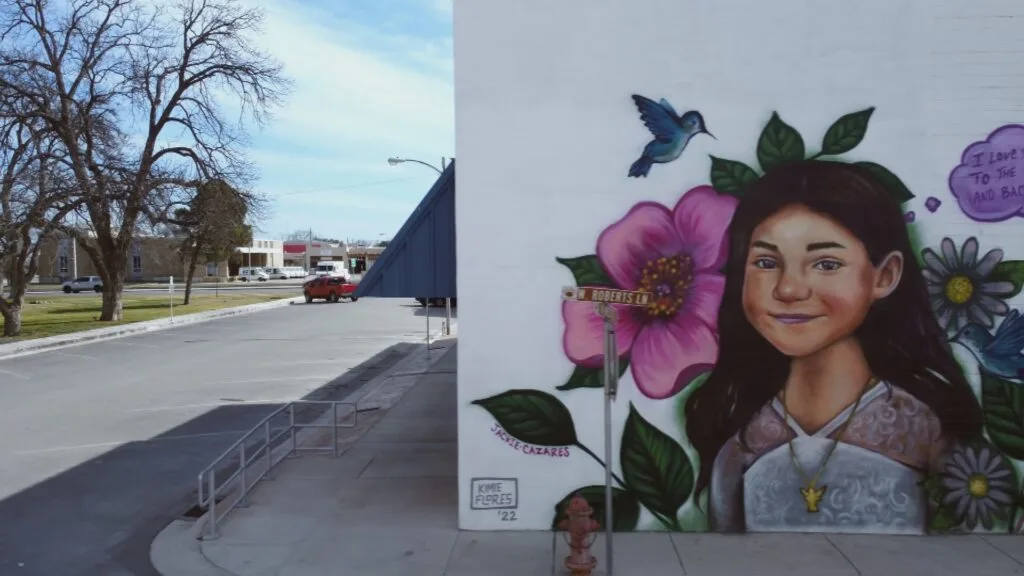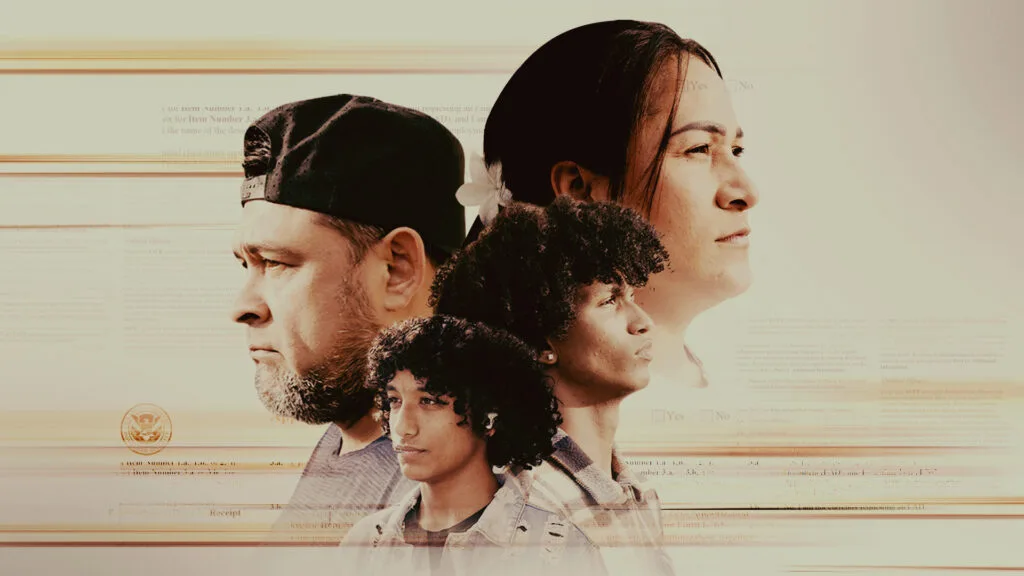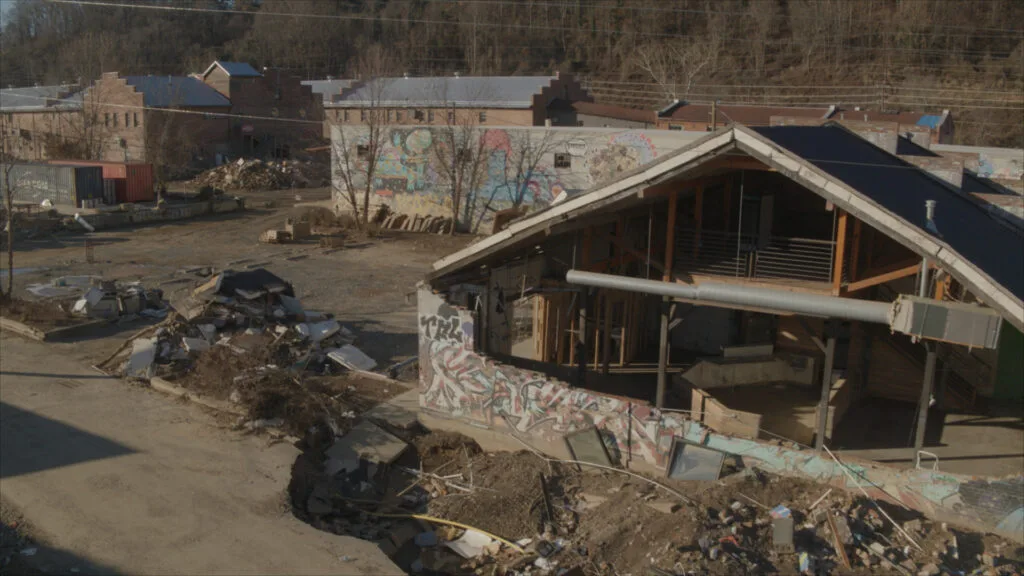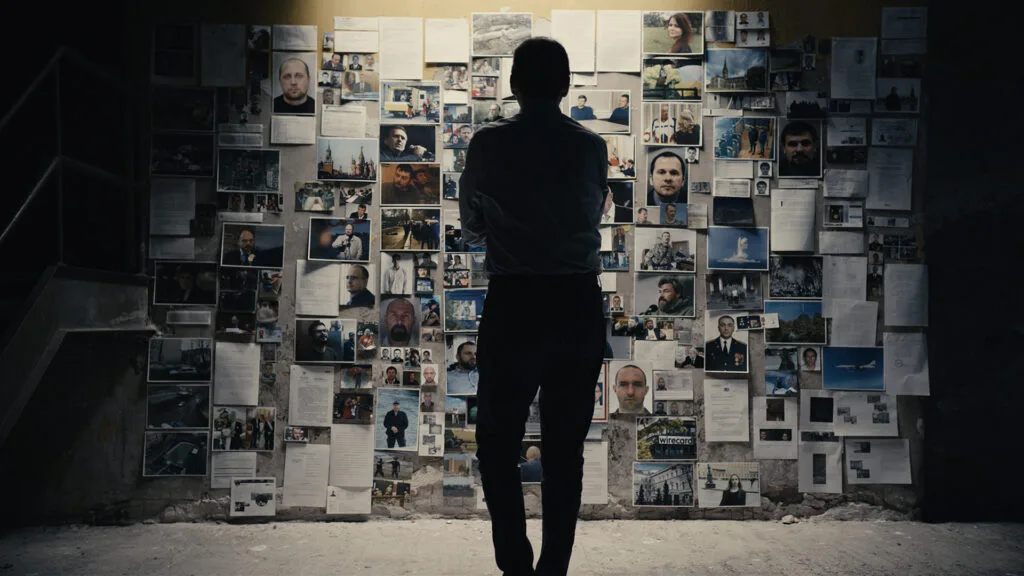Texas After Uvalde

June 16, 2023
In the year following the shooting at Robb Elementary School that killed 19 children and two adults, how has the community in Uvalde, Texas grieved — and what do they want to see happen?
In the recent documentary After Uvalde: Guns, Grief & Texas Politics, Pulitzer Prize-winning journalist Maria Hinojosa examined the Uvalde community’s efforts to heal, its history of activism, and where the fight over assault rifles stands today.
Hinojosa, host of Latino USA and founder of Futuro Media, joins Raney Aronson-Rath to talk about her reporting in Uvalde and at the Texas Capitol as the aftermath of the tragedy — including the efforts of some Robb Elementary families to advocate for new gun restrictions — rippled through Texas politics.
“It’s just like you are witnessing the greatest divisions in our country right here. This is what it looks like,” Hinojosa told Aronson-Rath.
You can watch After Uvalde: Guns, Grief & Texas Politics, a collaboration with Futuro Investigates and The Texas Tribune, on FRONTLINE’s website, FRONTLINE’s YouTube channel, and the PBS App.
Want to be notified every time a new podcast episode drops? Sign up for The FRONTLINE Dispatch newsletter.
Latest Documentaries
Policies
Teacher Center
Funding for FRONTLINE is provided through the support of PBS viewers and by the Corporation for Public Broadcasting. Additional funding is provided by the Abrams Foundation; Park Foundation; the John D. and Catherine T. MacArthur Foundation; and the FRONTLINE Trust with major support from Jon and Jo Ann Hagler on behalf of the Jon L. Hagler Foundation, and additional support from Koo and Patricia Yuen. FRONTLINE is a registered trademark of WGBH Educational Foundation. Web Site Copyright ©1995-2025 WGBH Educational Foundation. PBS is a 501(c)(3) not-for-profit organization.


















